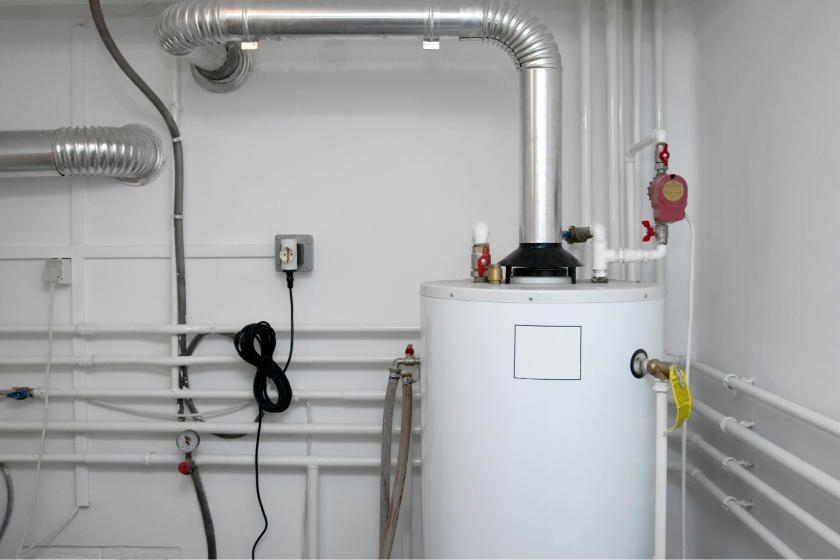Maintaining Your Home's Hot Water System: Key GuidelinesSimple Methods to Care for Your Home's Hot Water System Effectively
Maintaining Your Home's Hot Water System: Key GuidelinesSimple Methods to Care for Your Home's Hot Water System Effectively
Blog Article
Everyone is bound to have their personal assumption in relation to Tips on Maintaining a Water Heater.

Warm water is necessary for everyday comfort, whether it's for a rejuvenating shower or washing meals. To ensure your hot water system runs efficiently and lasts longer, regular maintenance is key. This write-up supplies functional ideas and insights on how to maintain your home's warm water system to stay clear of disturbances and pricey fixings.
Intro
Preserving your home's hot water system may seem daunting, but with a couple of basic steps, you can ensure it operates efficiently for several years to come. This overview covers every little thing from comprehending your hot water system to DIY upkeep pointers and understanding when to contact expert help.
Relevance of Keeping Your Hot Water System
Regular upkeep not just extends the life expectancy of your hot water system but additionally ensures it runs effectively. Neglecting maintenance can result in lowered effectiveness, greater energy expenses, and even premature failing of the system.
Indicators Your Warm Water System Requirements Upkeep
Understanding when your hot water system requires interest can prevent major concerns. Keep an eye out for indications such as inconsistent water temperature level, strange sounds from the heating unit, or rusty water.
Recognizing Your Hot Water System
Before diving right into maintenance jobs, it's valuable to understand the standard components of your warm water system. Usually, this consists of the water heater itself, pipelines, anode rods, and temperature level controls.
Monthly Upkeep Tasks
Regular regular monthly checks can aid catch small problems prior to they intensify.
Purging the Water Heater
Purging your water heater gets rid of debris accumulation, enhancing performance and extending its life.
Monitoring and Replacing Anode Rods
Anode poles avoid deterioration inside the tank. Checking and replacing them when worn out is vital.
Inspecting and Changing Temperature Level Settings
Readjusting the temperature setups ensures optimum performance and security.
Do It Yourself Tips for Upkeep
You can carry out numerous maintenance tasks yourself to maintain your warm water system in leading problem.
Checking for Leakages
Regularly examine pipelines and connections for leaks, as these can cause water damages and greater costs.
Examining Stress Alleviation Valves
Testing the pressure relief valve ensures it works correctly and avoids excessive pressure buildup.
Insulating Pipes
Protecting hot water pipes reduces heat loss and can save energy.
When to Call a Professional
While DIY maintenance is advantageous, some problems need expert proficiency.
Complex Issues Requiring Professional Help
Instances consist of major leaks, electrical troubles, or if your water heater is regularly underperforming.
Routine Specialist Upkeep Conveniences
Specialist upkeep can include thorough inspections, tune-ups, and ensuring conformity with safety and security criteria.
Final thought
Regular maintenance of your home's warm water system is crucial for effectiveness, longevity, and cost financial savings. By complying with these suggestions and knowing when to look for expert assistance, you can guarantee a trusted supply of warm water without unforeseen interruptions.
How to Maintain an Instant Hot Water Heater
Before tinkering with your hot water heater, make sure that it’s not powered on. You also have to turn off the main circuit breaker and shut off the main gas line to prevent accidents. Also turn off the water valves connected to your unit to prevent water from flowing into and out of the appliance. 2. When you’re done, you have to detach the purge valves’ caps. These look like the letter “T” and are situated on either side of the water valves. Doing so will release any pressure that has accumulated inside the valves while at the same time avoid hot water from shooting out and burning your skin. 3. When the purge valves’ caps are removed, you have to connect your hosing lines to the valves. Your unit should have come with three hoses but if it didn’t, you can purchase these things from any hardware or home repair shops. You can also get them from retail stores that sell water heating systems. Read the user’s manual and follow it to complete this task properly. When the hosing lines are connected, open the purge port’s valves. 4. You should never use harsh chemical cleaners or solutions when cleaning your unit. Make use of white vinegar instead. It should be undiluted and you’ll probably use about 2 gallons. 5. Now flush your water heater. This task should probably take about 40 minutes. We can’t give you specific directions for this because the procedure is carried out depending on the type, model and brand of your heater. With that being said, refer to the user’s manual. 6. When you’re done draining the unit, you have to turn off the purge port valves again. Remove the hosing lines that you earlier installed on each of the water valves. Put the valve caps (purge port) back in their respective places and be very careful so as not to damage the rubber discs that are found inside these caps. 7. Now that everything’s back in place, check your user’s manual again to find out how to reactivate your water heating system. 8. Once it is working, turn one of your hot water faucets on just to let air pass through the heater’s water supply pipes. Leave the tap on until water flows smoothly out of it. https://www.orrplumbing.com/blog/2014/september/how-to-maintain-an-instant-hot-water-heater/

I stumbled upon that blog post about What Kind of Maintenance Do Water Heaters Need? while surfing around the search engines. Sharing is caring. You never know, you might be doing someone a favor. I take joy in your readership.
Browse Website Report this page